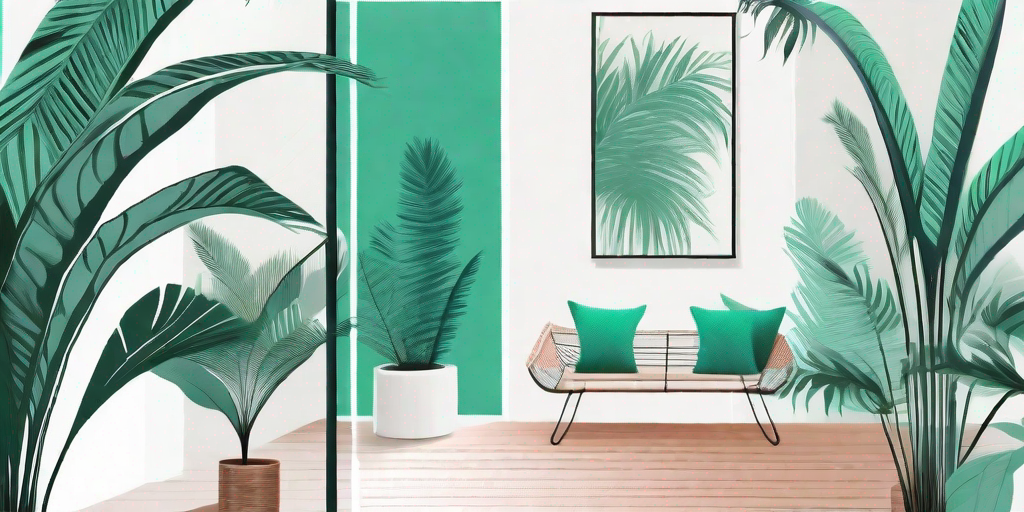
If you're looking to add a touch of tropical elegance to your outdoor space, look no further than the Parlour Palm. This charming plant, also known as Chamaedorea elegans, is a popular choice for both indoor and outdoor gardening enthusiasts. But why, you ask? Well, sit back, grab a cup of tea (or a cocktail if you're feeling cheeky), and let's dive into the lush world of Parlour Palms.
Why Choose Parlour Palms?
Parlour Palms are the Audrey Hepburns of the plant world - timeless, elegant, and always in style. They're versatile, low-maintenance, and can thrive in a variety of conditions. Plus, they're pet-friendly, so no need to worry about your furry friends getting a bit too curious.
These palms are also great for those of us who didn't exactly inherit the green thumb gene. They're forgiving, understanding, and won't hold a grudge if you forget to water them once or twice. In fact, they prefer to dry out a bit between waterings. Talk about low maintenance!
How to Care for Your Parlour Palm
Location, Location, Location
Parlour Palms are not picky when it comes to their location. They can tolerate low light conditions, but they truly thrive in bright, indirect light. So, if you have a shady spot in your garden that could use a bit of greenery, a Parlour Palm could be just what you need.
They're also not fans of the cold, so if you live in a cooler climate, you might want to consider bringing your palm indoors during the winter months. They make excellent houseplants and can add a touch of tropical elegance to any room.
Watering and Feeding
When it comes to watering your Parlour Palm, less is more. These palms prefer to dry out a bit between waterings, so make sure the top inch of soil is dry before giving them a drink. Overwatering can lead to root rot, which is a surefire way to kill your palm.
As for feeding, a slow-release fertilizer applied in the spring and summer months should do the trick. Just remember, Parlour Palms are light feeders, so don't go overboard with the fertilizer.
Designing with Parlour Palms
Parlour Palms are not just plants, they're a design element. They can add height and texture to your garden, and their feathery fronds can create a beautiful contrast against more structured plants.
Try grouping several Parlour Palms together to create a mini tropical oasis, or use them as a backdrop for colorful flowering plants. The possibilities are endless!
Frequently Asked Questions
-
How often should I water my Parlour Palm?
It depends on the conditions in your garden, but generally, you should water your Parlour Palm when the top inch of soil is dry. This could be once a week in the summer and less often in the winter.
-
Can Parlour Palms grow in the shade?
Yes, Parlour Palms can tolerate low light conditions, but they prefer bright, indirect light. If you're growing your palm indoors, a north or east-facing window would be ideal.
-
Are Parlour Palms pet-friendly?
Yes, Parlour Palms are non-toxic to cats and dogs. However, it's always a good idea to keep plants out of reach of pets, as some animals might have a sensitivity to certain plants.
Conclusion
So there you have it, folks. The Parlour Palm is a versatile, low-maintenance plant that can add a touch of tropical elegance to your outdoor space. Whether you're a seasoned gardener or a complete newbie, this palm is sure to bring a smile to your face and a touch of the tropics to your garden.
So why not give it a try? After all, life's too short for boring gardens!















